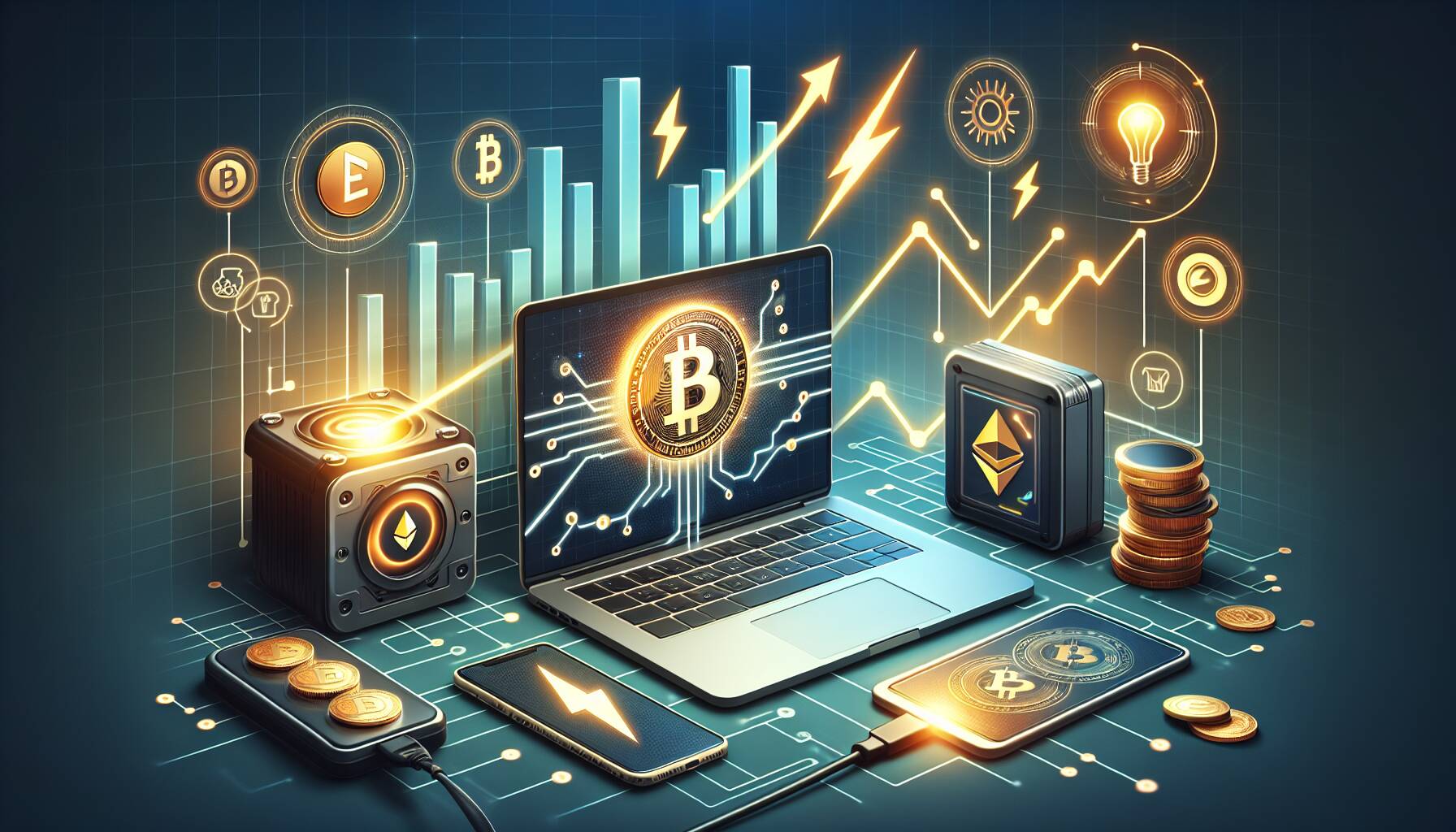VivoPower International (VVPW), a company listed on Nasdaq, is making headlines with its bold initiative to leverage digital assets for treasury management. In a significant move announced this Wednesday, VivoPower revealed plans to deploy $100 million worth of XRP tokens, partnering with the blockchain platform Flare (FLR) to optimize its treasury holdings and generate yield.
This groundbreaking initiative represents the first major implementation of Flare’s innovative FAssets system, designed to allow non-smart contract tokens like XRP to engage with decentralized finance (DeFi) protocols. VivoPower aims to create returns through Flare-native protocols such as Firelight, with the intent to reinvest the proceeds to further grow its XRP holdings.
“It’s no longer enough to simply hold XRP; the duty to our shareholders is to make it productive,”
stated CEO and executive chairman Kevin Chin, underscoring the company’s commitment to maximizing asset utility. The company is also set to incorporate Ripple’s RLUSD stablecoin as part of its cash-equivalent reserves, which Chin describes as essential for ensuring stability and compliance in this evolving treasury landscape.
For Flare, this partnership marks a pivotal moment of institutional endorsement. Flare co-founder Hugo Philion explained,
“Our FAssets system […] is more than just a bridge; it’s a gateway that allows institutions to bring assets like XRP into programmable DeFi environments to generate yield, all while retaining their fundamental security.”
VivoPower joins a growing list of public firms that are expanding their treasuries by investing in digital assets, a trend that has gained momentum largely due to the strategies popularized by influential figures in the crypto space. Notably, the firm’s latest development follows its recent engagement with BitGo’s over-the-counter trading desk for an initial acquisition of $100 million in XRP tokens.
Additionally, VivoPower recently announced a substantial $121 million private share placement, led by Saudi Prince Abdulaziz bin Turki Abdulaziz Al Saud, which indicates robust interest in its financial direction. This strategic shift towards digital assets highlights the broader trend of companies adapting to the rapidly evolving financial landscape.

VivoPower International’s Digital Asset Strategy
Key points regarding VivoPower’s transition into digital assets and its implications:
- Investment in XRP: VivoPower is allocating $100 million worth of XRP tokens.
- Partnership with Flare: The partnership aims to utilize Flare’s FAssets system for yield generation.
- Institutional Validation: The deal signifies Flare’s credibility within institutional finance.
- Yield Generation: VivoPower will use Flare-native protocols like Firelight to create income from its treasury.
- Adoption of RLUSD: The use of Ripple’s RLUSD stablecoin will enhance financial stability for VivoPower.
- Comparative Strategy: VivoPower follows a trend among public companies investing in digital assets, similar to strategies employed by Michael Saylor’s firm.
“It’s no longer enough to simply hold XRP; the duty to our shareholders is to make it productive.” – Kevin Chin, CEO
VivoPower’s Strategic Entry into Digital Asset Management
VivoPower International (VVPW) is making waves in the digital finance sector with its decision to invest $100 million in XRP through a partnership with Flare. This move sets a precedent as it marks a significant institutional application of Flare’s FAssets system, aimed at integrating traditional assets into the decentralized finance (DeFi) ecosystem. Compared to other firms eagerly transitioning into digital assets, such as MicroStrategy with Bitcoin, VivoPower’s approach is refreshingly innovative, focusing on leveraging XRP’s potential for yield generation rather than simply holding it.
One of the primary advantages of VivoPower’s strategy is its proactive focus on income generation. By utilizing Flare’s protocols like Firelight, the company not only aims to grow its treasury but also demonstrates a clear commitment to shareholder value. This is likely to attract investors looking for firms that are not just hoarding crypto assets but actively engaging in yield strategies. Moreover, the adoption of Ripple’s RLUSD stablecoin for reserves enhances its appeal as it addresses concerns regarding liquidity and compliance in the volatile crypto landscape.
However, there are inherent disadvantages to this approach. The implementation of DeFi protocols carries risks, including regulatory uncertainties and potential vulnerabilities in smart contract operations. With the crypto market known for its rapid shifts, VivoPower’s fate could hinge on the stability and performance of both XRP and the Flare platform. These factors could create a precarious situation for shareholders if market conditions turn unfavorable.
This innovative venture stands to benefit institutional investors and firms seeking to increase their digital asset holdings efficiently. It also presents an opportunity for Flare to showcase its capabilities in handling institutional investments, potentially attracting more large-scale users to its platform. Conversely, traditional asset holders eyeing a cautious entry into cryptocurrencies may view this aggressive strategy as a harbinger of volatility, prompting hesitation in adoption.

















